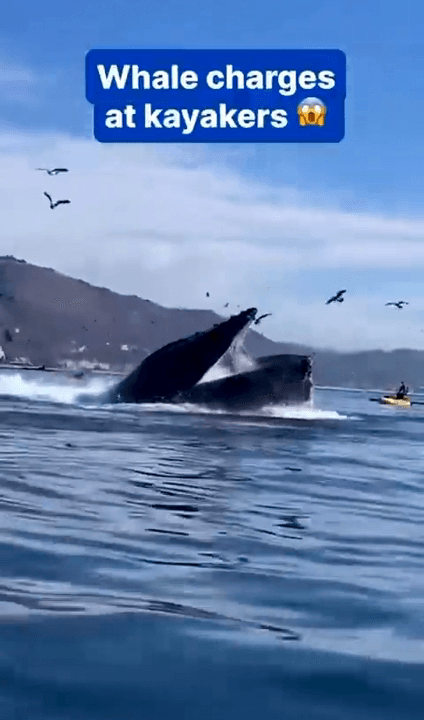
How often do hunting accidents happen in France? Two people were injured by stray bullets from hunters last week, as head of hunting federation says ‘zero risk’ hunting is not possible. Since 2000,
Post: 4 November 20:03

Post: 4 November 20:03

Post: 10 May 15:19

Post: 2 December 10:54

Post: 4 December 09:29

Post: 19 November 21:56

Post: 1 March 23:57

Post: 28 August 10:15

Post: 5 March 17:37

Post: 23 February 14:01

Post: 17 October 11:17

Post: 11 September 13:49

Post: 4 September 06:58

Post: 24 July 11:53

Post: 9 June 10:34

Post: 4 December 09:25

Post: 13 July 11:17

Post: 14 October 08:00
Post: 21 March 11:54

Post: 13 June 21:41

Post: 12 May 13:05

Post: 18 December 16:21

Post: 1 December 16:47

Post: 23 July 13:21

Post: 15 May 20:36

Post: 20 August 13:36

Post: 20 December 13:35
Post: 3 November 13:31

Post: 3 November 19:12

Post: 12 September 11:16

Post: 12 September 14:35

Post: 11 September 15:06

Post: 11 September 13:47

Post: 11 September 13:41

Post: 11 September 06:49

Post: 6 September 10:39

Post: 3 September 07:51

Post: 2 September 07:22

Post: 21 August 10:53

Post: 21 August 10:23

Post: 21 August 09:00

Post: 26 July 08:12

Post: 29 June 18:19

Post: 27 June 15:06

Post: 19 June 13:40

Post: 13 June 14:01

Post: 12 June 18:29

Post: 9 June 12:39

Post: 20 May 10:51

Post: 19 May 13:52

Post: 16 May 15:09